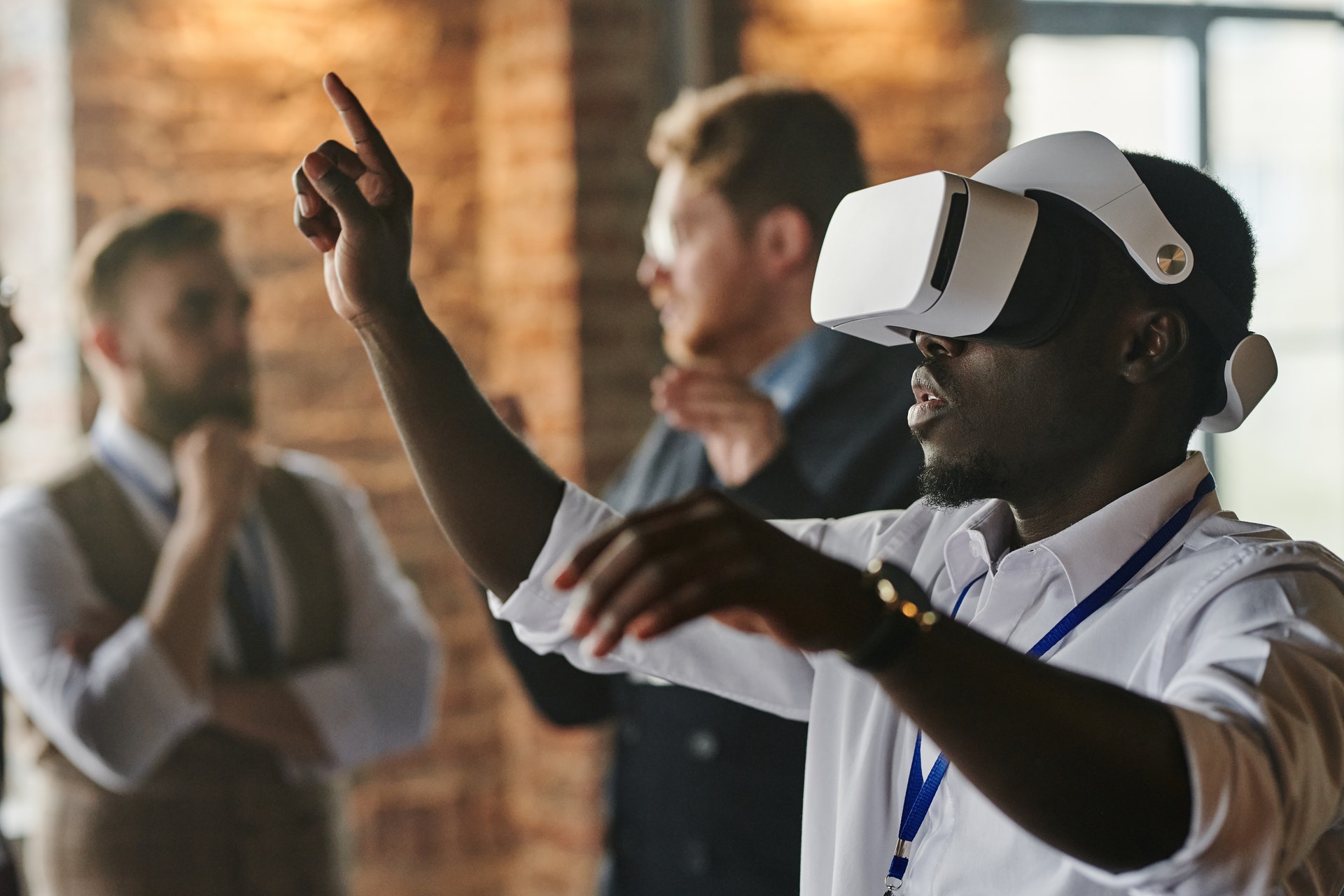The leading global business school, INSEAD, will use virtual reality to amplify the learning experience for its Global Executive Master of Business Administration (GEMBA) students.
The institution made the announcement last week and introduced an immersive learning masterclass of Mission to Mars. The initiative’s objective is to redefine its pupils’ management and executive learning capabilities.
The Mission to Mars masterclass took the participants to the Red Planet using VR headsets. The immersive journey gave them a unique insight into the planet, which they subsequently analyzed and discussed in their classroom. The interactive experience fosters a deep learning environment that enables the students to make impactful decisions even during complex and ambiguous situations.
INSEAD had previously introduced its VR Immersive Learning Initiative back in 2019. Its initial goal was to increase engagement, facilitate knowledge retention, and deliver a personalized learning experience to the students. Three years later, over 4,500 MBA and executive education learners have undergone VR learning experiences virtually and at the institute’s physical campuses in France, Singapore, and Abu Dhabi.
“After worldwide lockdown forced us to pivot from physical to all-online training, we immediately saw the potential for virtual reality to compensate for the weaknesses of purely distance learning, such as Zoom fatigue,” said Ithai Stern, INSEAD Professor of Strategy and Academic Director of VR Immersive Learning Initiative.
VR adds a new dimension to conventional case study methods that business schools have had in place for over a century. It provides a highly customized student experience, catering to all their distinctive learning patterns. Moreover, it is responsive to real-time head movements, enabling the participants to think through a realistic situation and make decisions in a safe and controlled environment.
“Through an immersive 3D simulation involving scripts and actors, participants can be plunged into a lifelike conference room setting with a debate in full swing, or a tense close-quarters negotiation with fraught power dynamics on display,” said Professor Stern.
Nevertheless, virtual reality is certainly not a replacement for the existing prominent teaching and learning methods. Instead, it is a new addition to the entire ecosystem that helps provide a new, improved way of fostering education both virtually and physically.
Follow us on LinkedIn
Read other Articles





